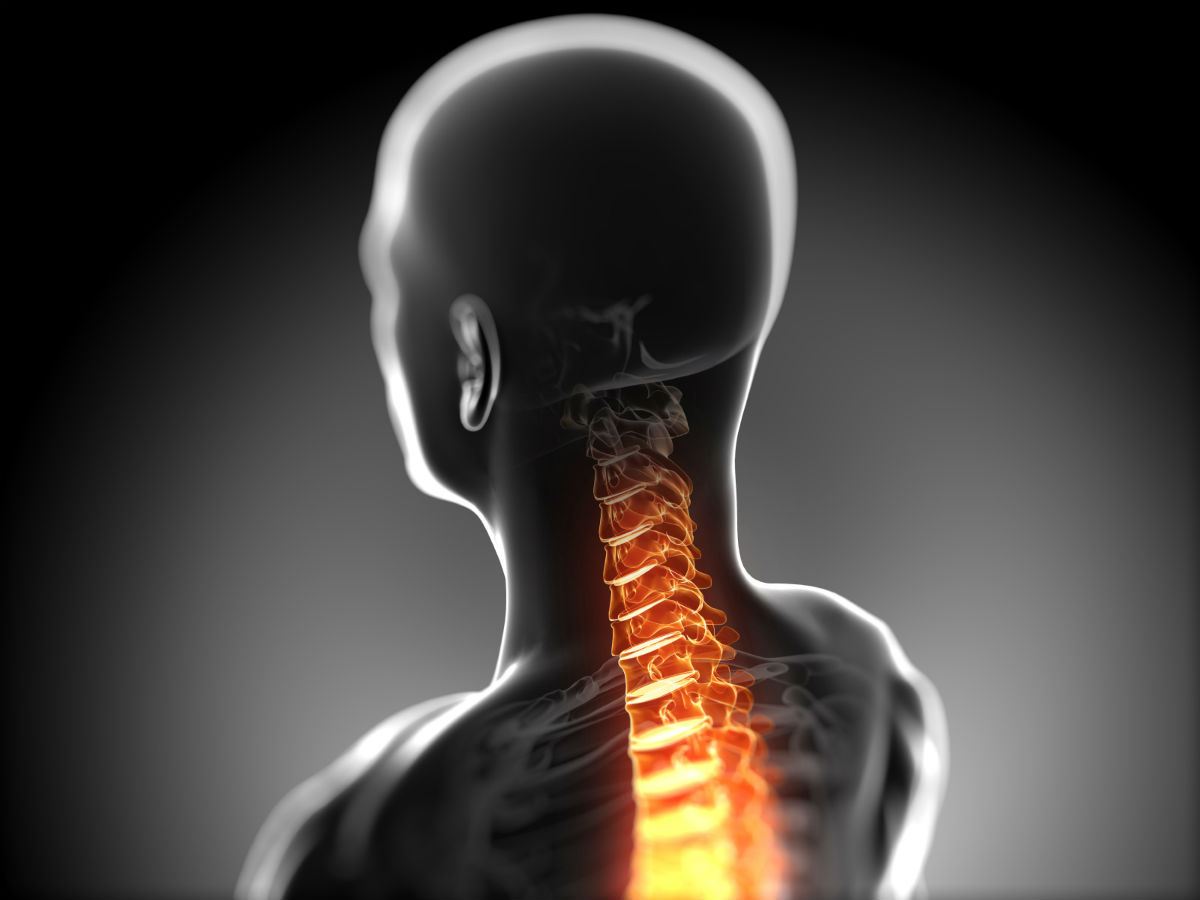What is Whiplash?
Whiplash is an injury to the neck caused by the overextension of the muscles, tendons, and ligaments that support it.
This is an extremely painful ailment that can cause any number of other symptoms in various parts of the body.
The Anatomy of the Neck
The human neck is an extension of the spinal cord, which extends from the tailbone to the base of the skull. The spinal cord is made up of a number of structures to give it support, including bones, ligaments, muscles, and discs. The neck region is known as the cervical spine which serves to support the head as well as protect the nerves and spinal cord. Another function of the cervical spine is to allow for free movement of the neck and head with certain limitations.

Your neck gets the most support from vertebrae. Inside of each of these vertebrae is a liquid filled disc that enables motion along with two facet joints located on the back. All of these components work together to allow movement, and all contain nerves which when compressed or damaged will cause loss of mobility and/or severe pain.
The parts of the neck that are most affected by whiplash are those facets joints, the muscles, ligaments (flexible cords that attach bone to bone) and tendons (fibrous cords attaching bone to muscles). These soft tissue components are strained by the sudden neck movements, leading to painful cases of whiplash.
Injury to the Neck
The term whiplash refers to a number of neck injuries that are caused by its traumatic distortion. With the limited range of motion that the muscles, tendons, and ligaments allow, a sudden forceful movement can cause those to become strained and inflamed. There are a number of variables that contribute to the severity, but at the very least, the area will be sore especially when attempting to move the neck.
When the neck is forced forward, backward, or sideways past its normal extension point, whiplash can occur. The most common cause is low impact vehicle accidents, where the victim is stationary in a car when struck by another from behind. That force, even at low speeds, is enough to force head the forward and stretch the neck beyond its normal range of motion. There may be minimal damage to both vehicles, but the force could have been enough to cause severe injury to the neck.
It may take the muscles a few hours to respond to the trauma, which is why many accident victims don’t seek immediate medical care. That is why it is wise for an accident victim to always insist on medical care right after an accident, even if they are not yet in pain. For some people, the symptoms of whiplash will not be obvious until hours after the accident, causing the condition to worsen before treatment is begun.
What to Do If You Suspect You Have Whiplash
If you begin to feel pain and tenderness in the neck region or muscle spasms you must seek medical help immediately. Other symptoms include arm and shoulder pain, headache, and dizziness. If you are experiencing any of these symptoms after a rear end car accident, seeking medical attention needs to be your number one priority.
The cost of medical care for whiplash is going to vary depending on the severity. If you are the victim of a car accident you should consider recovering your expenses with a claim against the other driver. An attorney will be able to go over the details with you and help you plan the best way to be compensated for your injury.
Whiplash is not to be taken lightly. While your initial symptoms may not be more than a mild annoyance, this will quickly accelerate to painful conditions if not treated right away.
